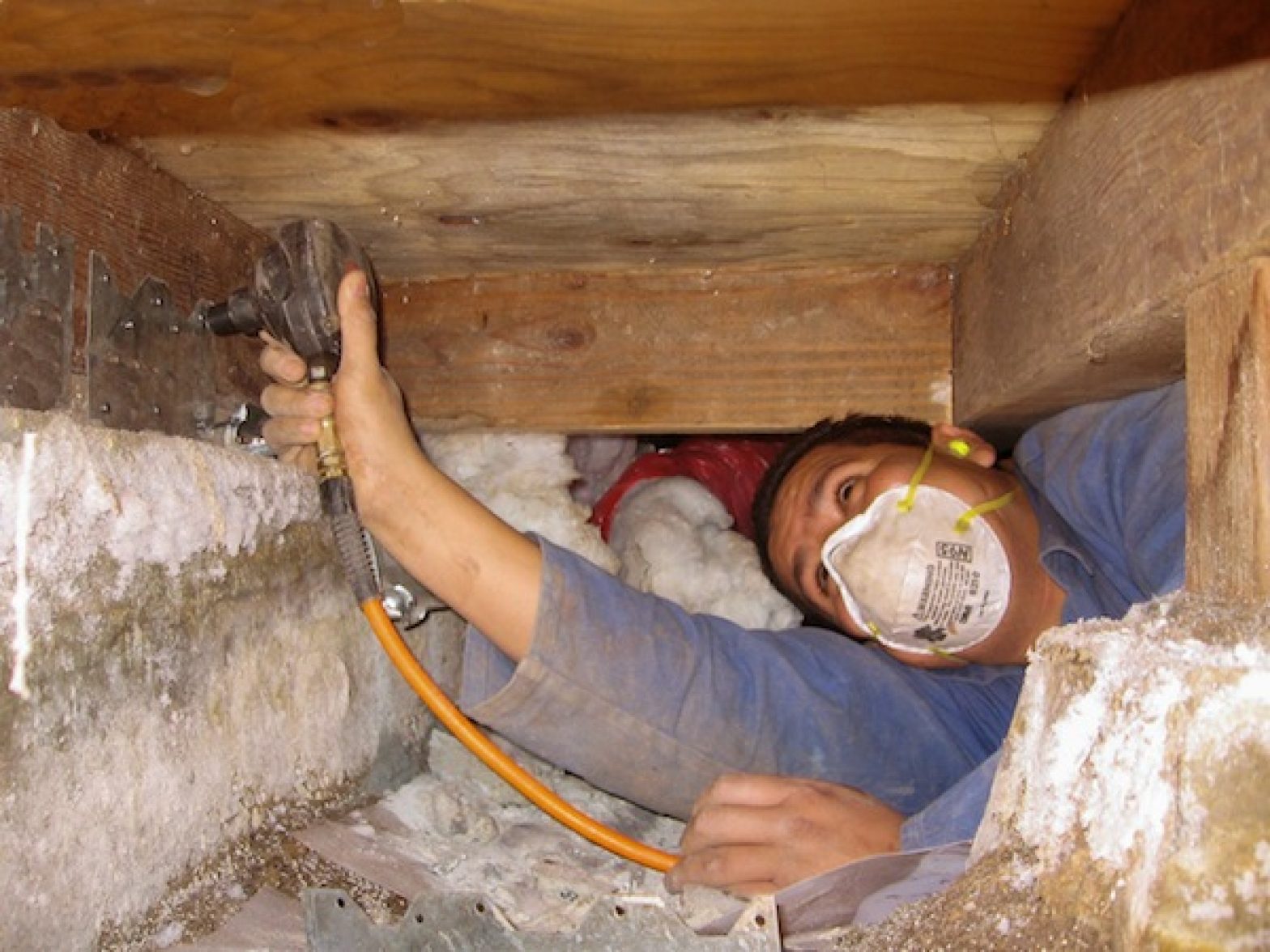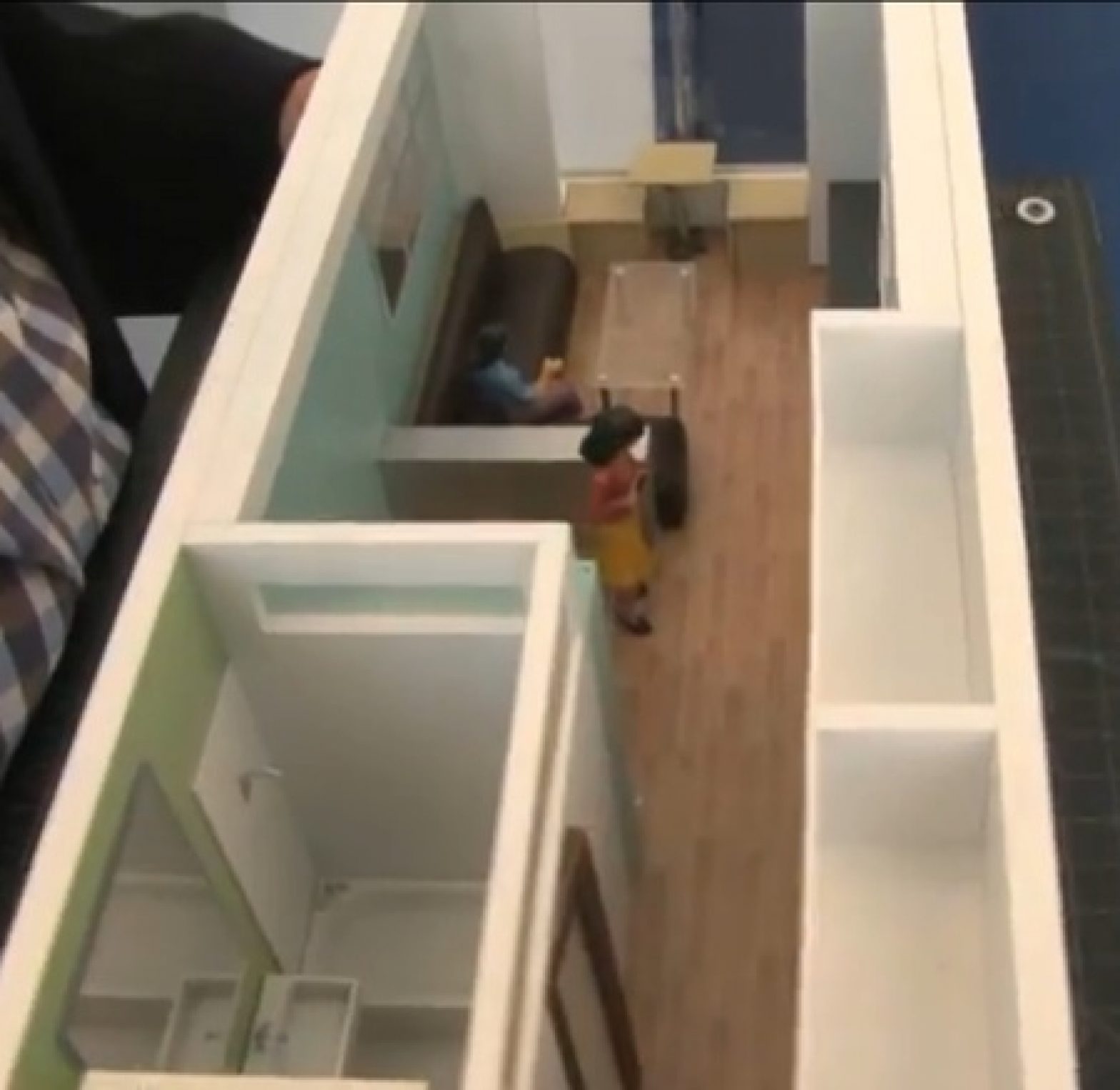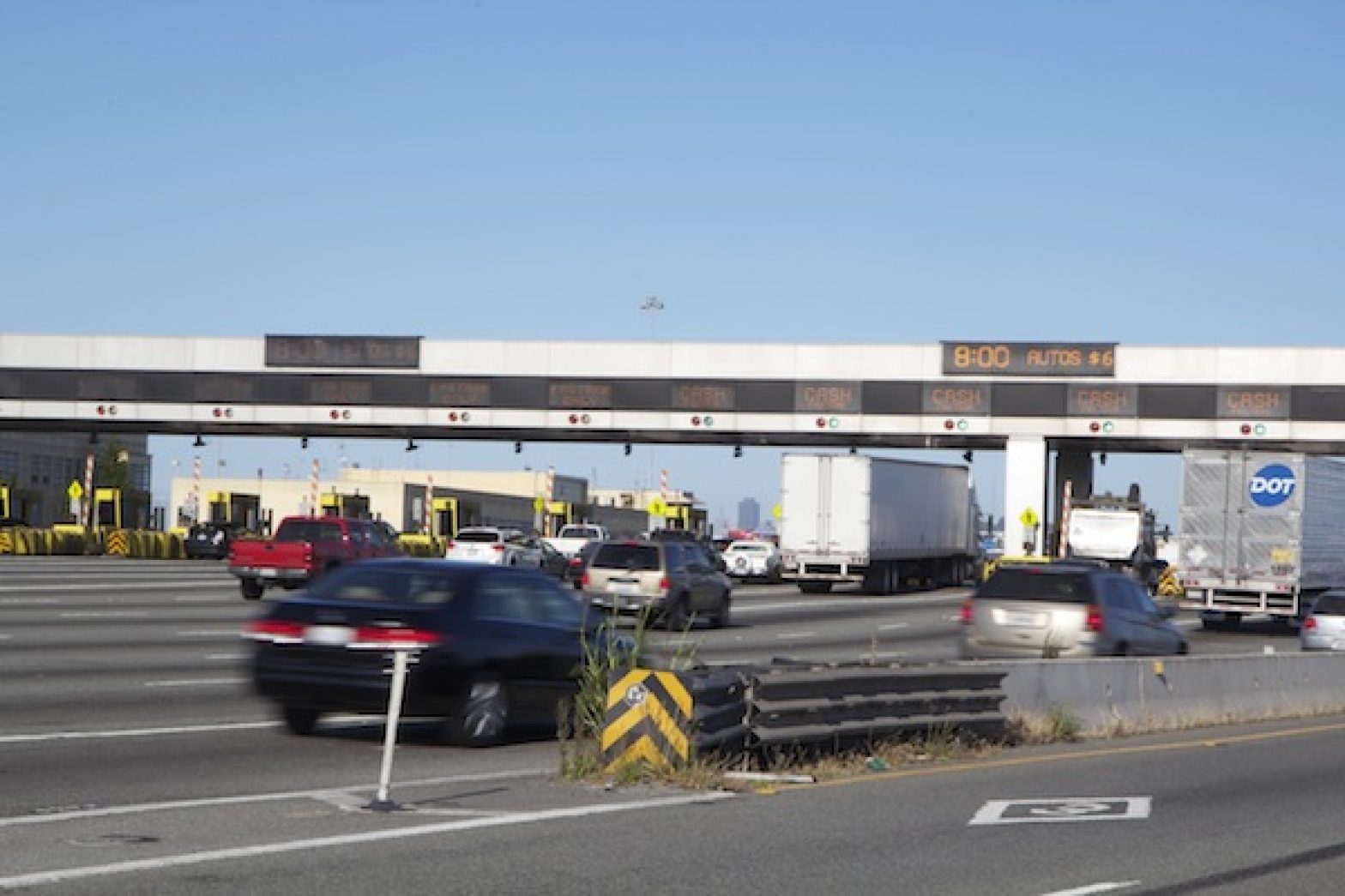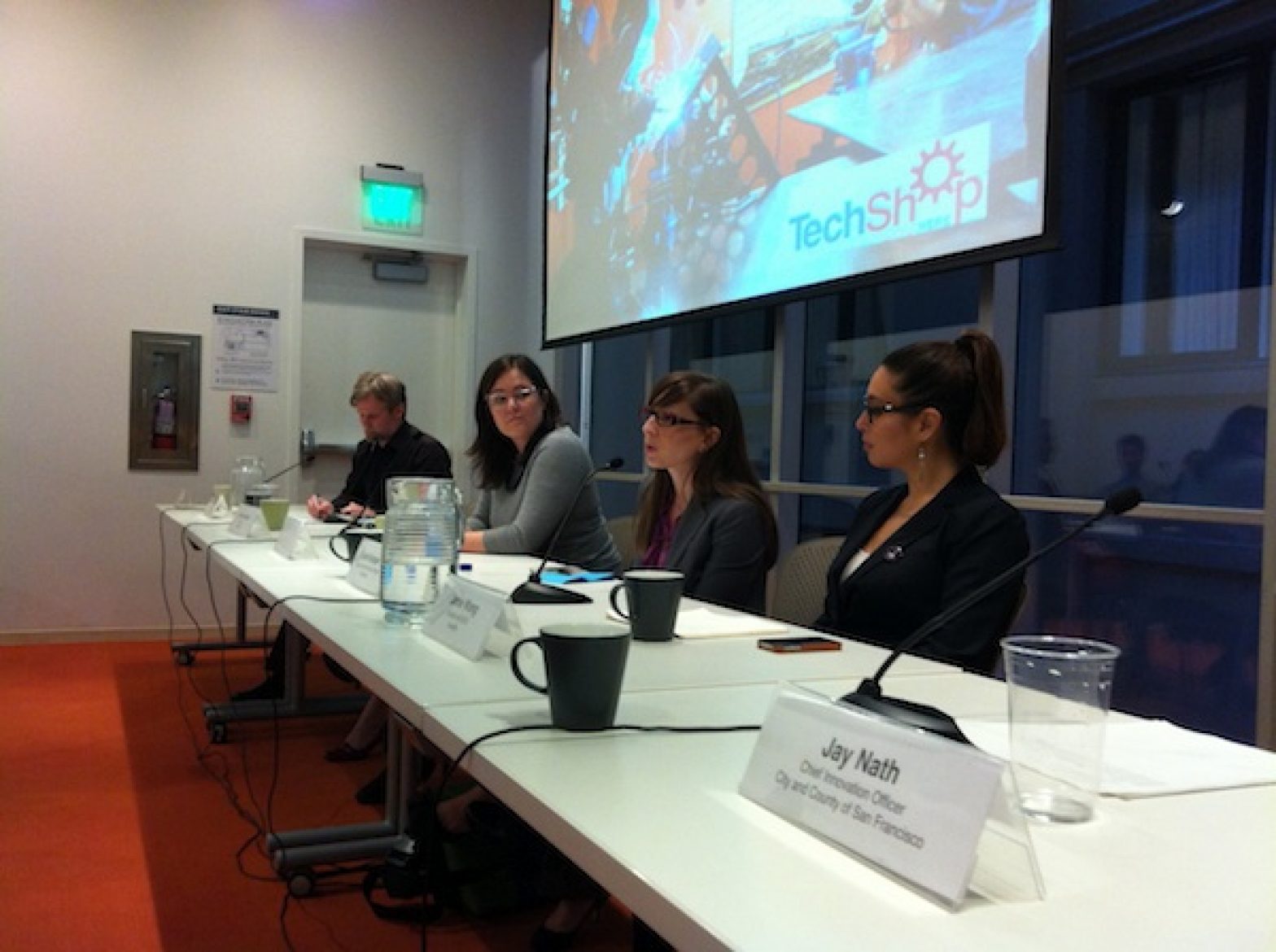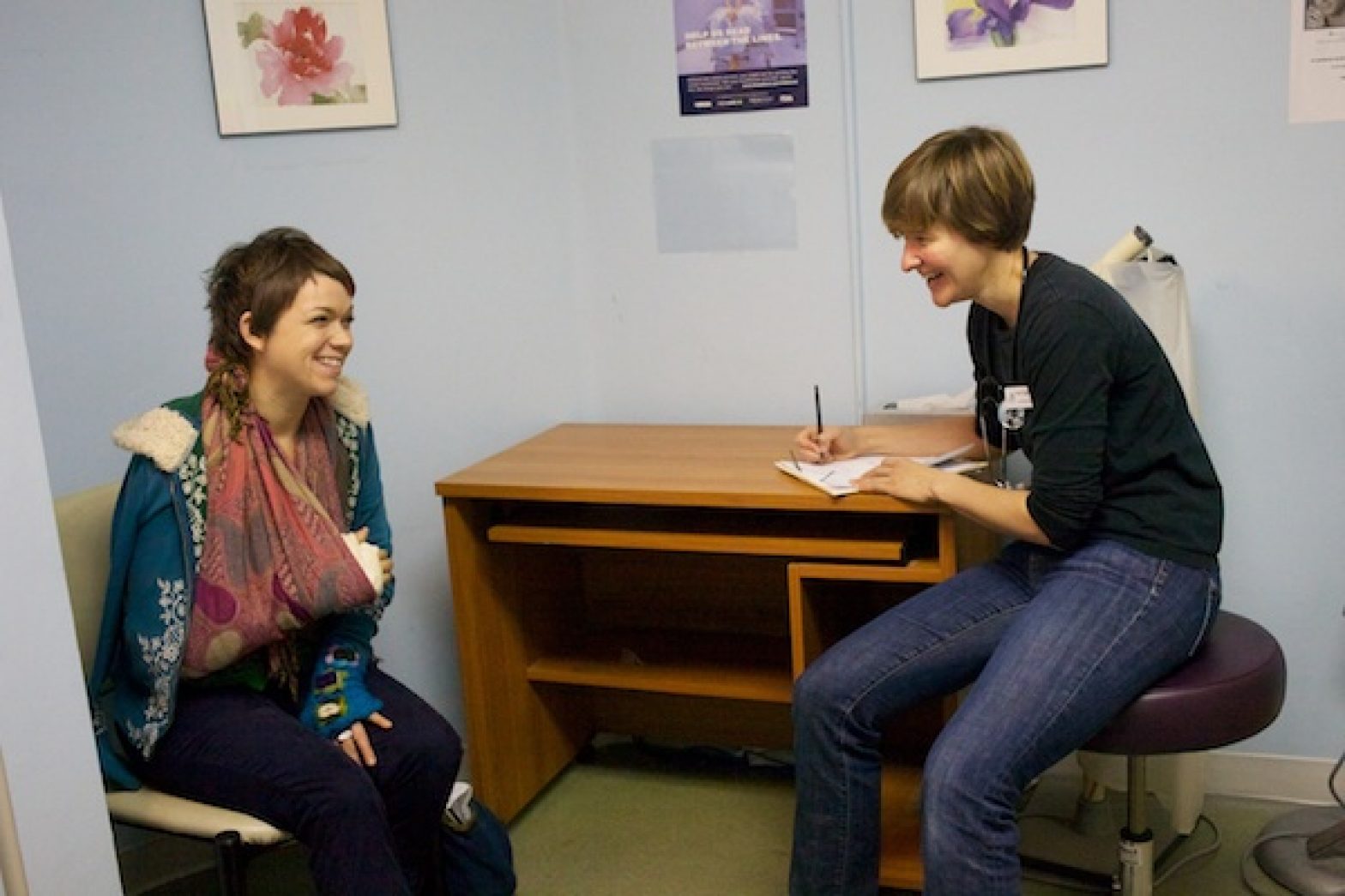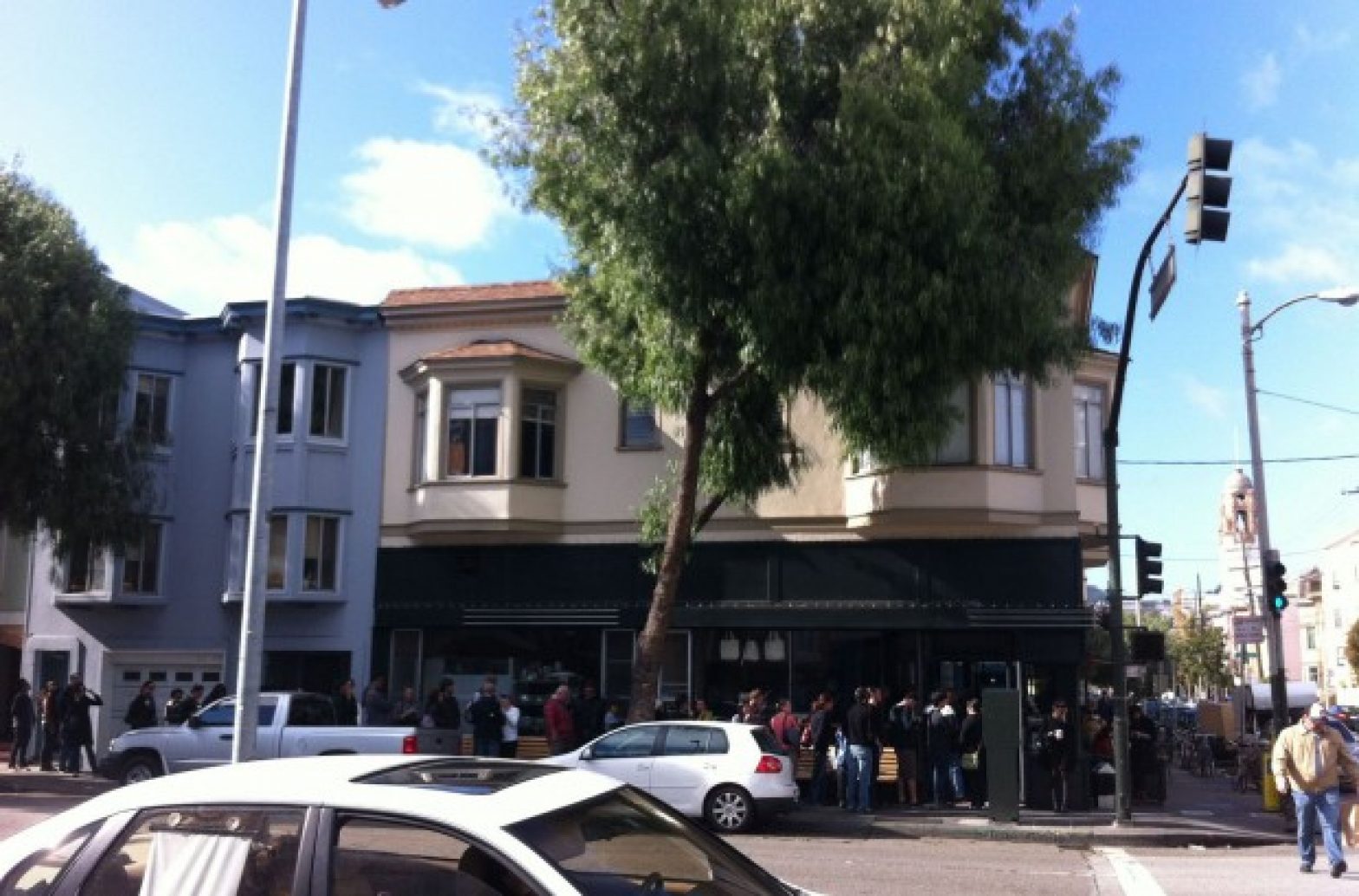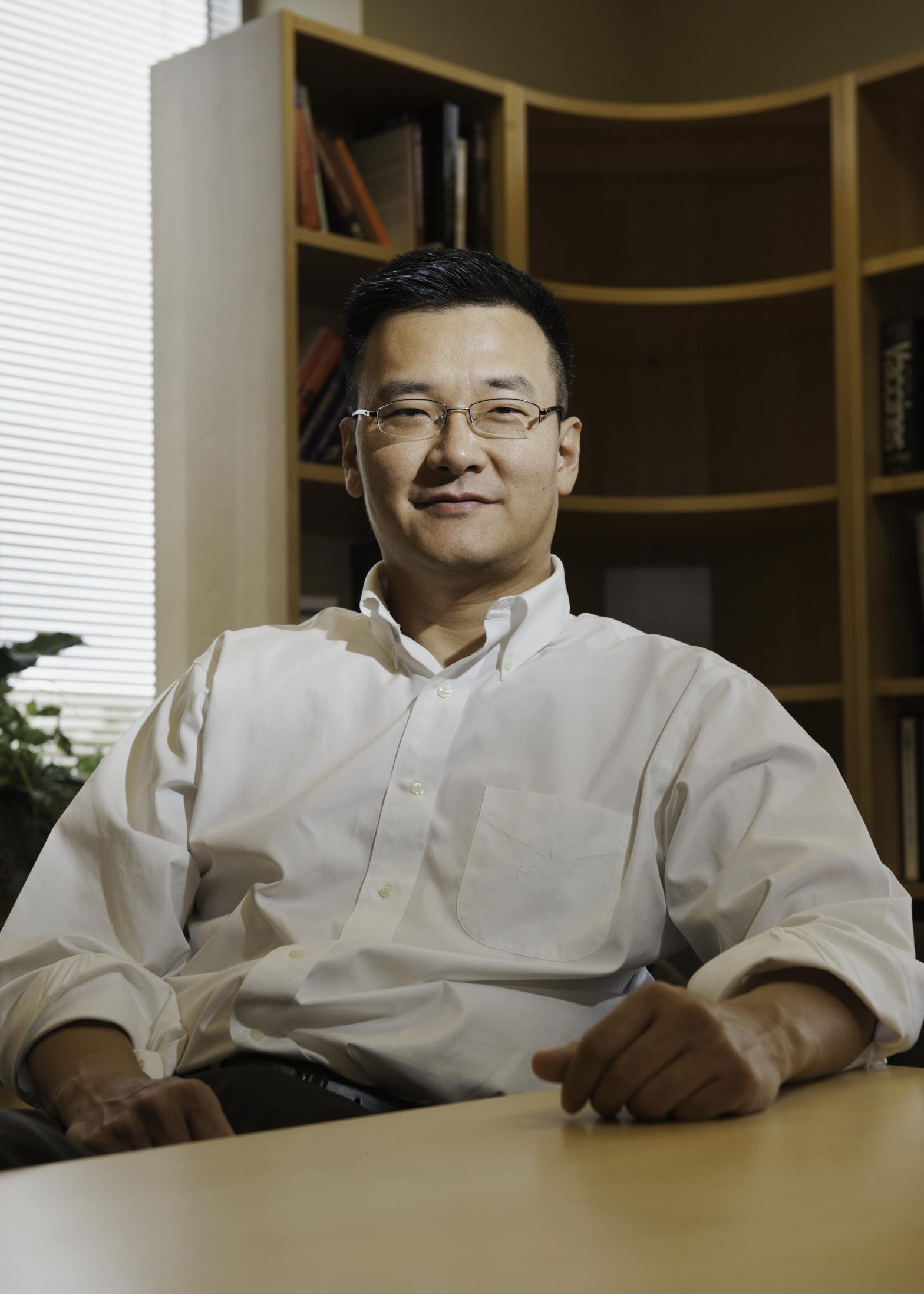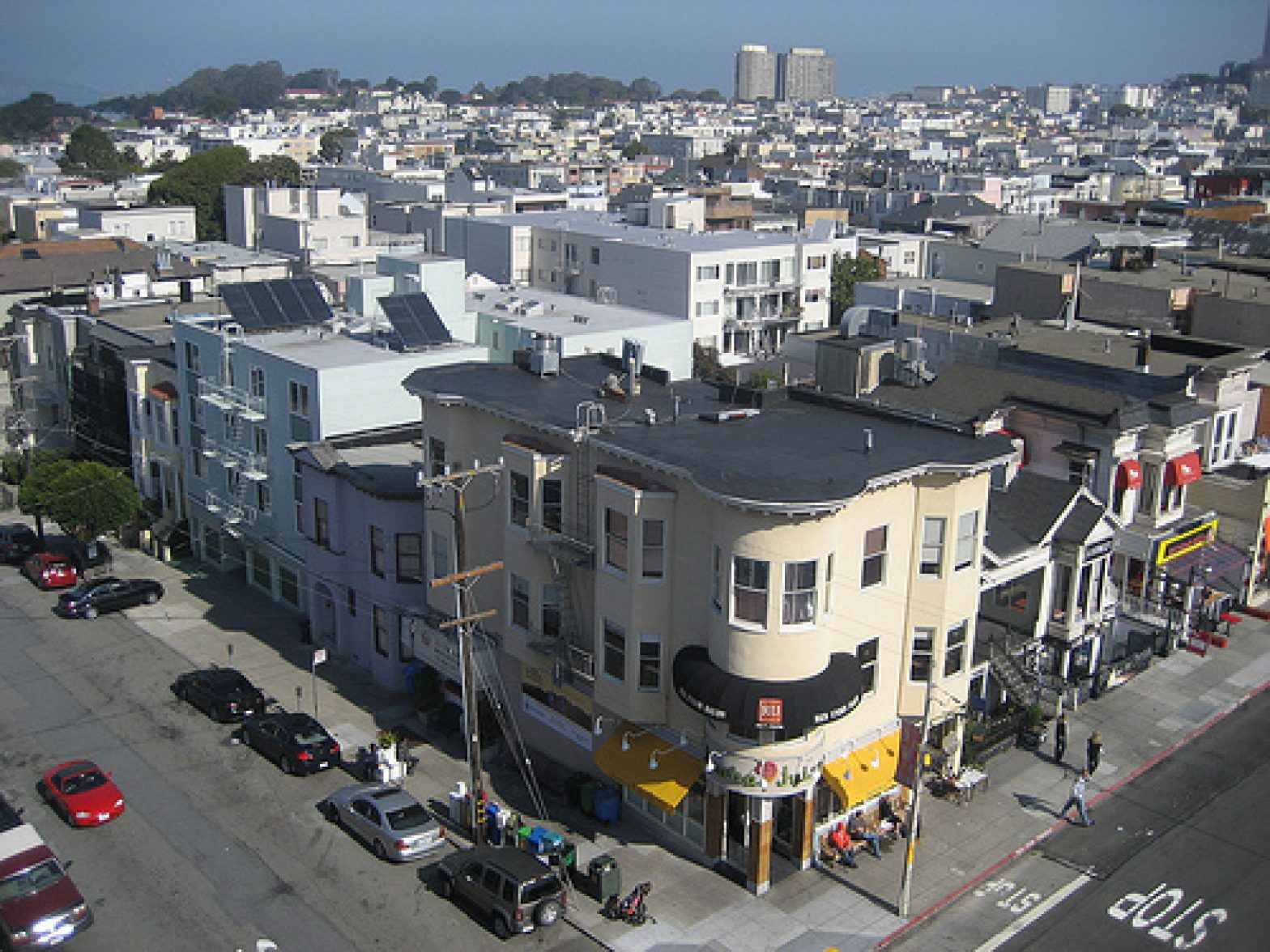City Hall
Earthquake Retrofit Delays Leave Thousands at Risk
It will take at least 7 years to secure older wood buildings dangerously perched above windows or garages
This story appeared in the Winter 2012-2013 print edition of the San Francisco Public Press.
One in 14 San Franciscans lives in an old building with a first floor that city inspectors say could be vulnerable to collapse if not retrofitted soon to withstand a major earthquake.While officials have had a preliminary list of nearly 3,000 suspect properties for more than three years, they have not told landlords, leaving the estimated 58,000 residents who live there ignorant that their buildings could be unstable.
